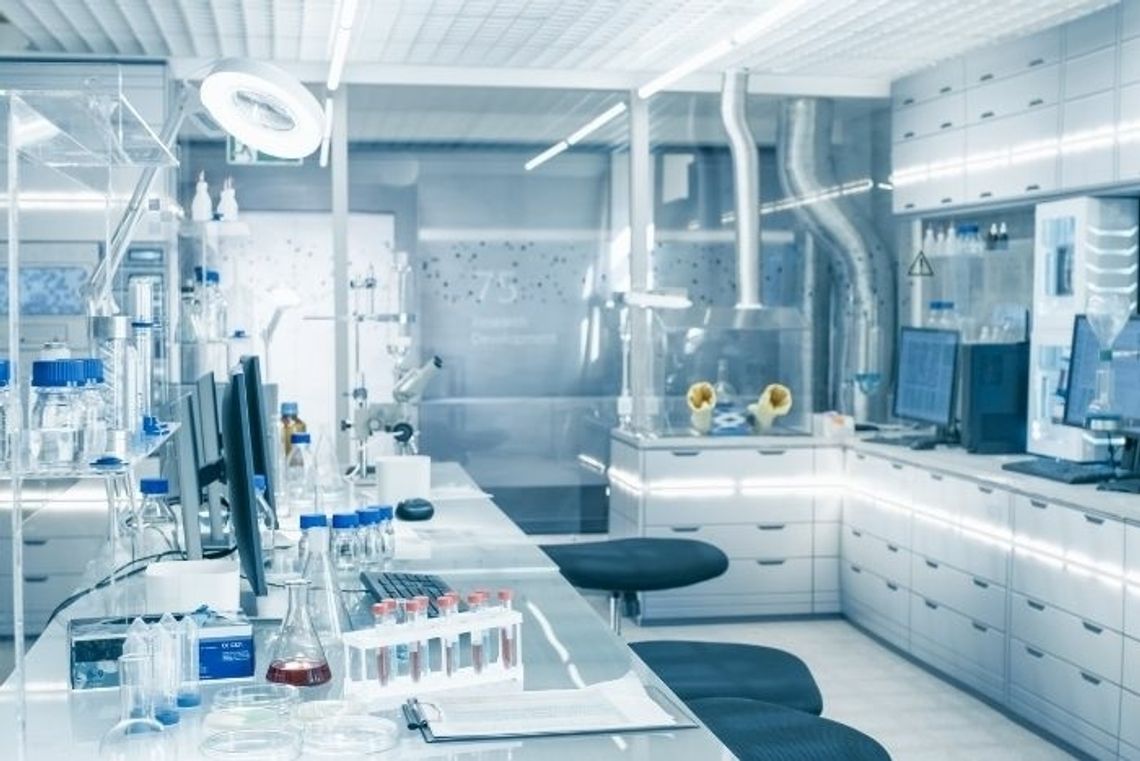When working in a laboratory environment, safety should always be a top priority. Due to the presence of hazardous chemicals, complex equipment, and sharp tools, health and safety risks are often prevalent in laboratory settings. Fortunately, however, there are many ways you can reduce such risks in order to keep yourself and other lab patrons safe. Here are some effective tips for creating a safe laboratory environment.
Take Measures to Improve Ventilation
One of the largest safety risks in many laboratory environments is the presence of harmful chemicals. To reduce one’s exposure to toxins when working in a lab, it is important to ensure there is ample ventilation in the space. By improving ventilation, you can significantly reduce the accumulation of dangerous chemicals in the air. Some examples of
how to improve ventilation in a laboratory include installing a high-quality HVAC system, implementing chemical fume hoods, and creating a laboratory layout that does not obstruct any existing ventilation systems.
Invest in Essential Safety Equipment
All laboratories should be equipped with a range of essential safety equipment to help prevent and mitigate emergencies. Precautionary safety equipment in laboratories should include safety goggles, laboratory coats, protective gloves, chemical fume hoods, and laboratory-safe refrigerators. In the event that an emergency does occur, it is also important to equip one’s lab with equipment such as eyewash stations, safety showers, fire extinguishers, fire blankets, and first aid kits.
Train Laboratory Personnel on Proper Safety Protocol
Another important tip for creating a safe laboratory environment is to properly train all laboratory personnel on safety protocols. After all, having appropriate safety equipment isn’t actually helpful unless lab personnel knows how to use it properly or how to respond quickly in the case of an emergency. In addition to teaching lab personnel how to use safety equipment, you should also train them on how and when to safely evacuate the premises if an emergency arises.
Have a No Food or Drink Policy
As previously stated, laboratory environments often include the presence of many potentially toxic chemicals and substances. Because such chemicals would be poisonous to ingest, it is best to keep all food and drinks out of the laboratory. Doing so is the best way to prevent accidental contamination that can occur when someone touches the food with a hand that still has chemical residue on it or sets the food on a contaminated surface. While such behavior may seem easily avoidable, careless mistakes can occur, and it is best to enact a no food or drink policy to eliminate this risk entirely.


Comment
Comments